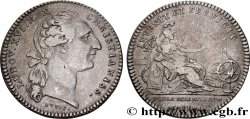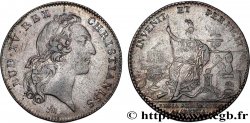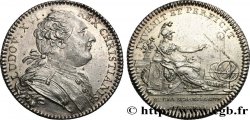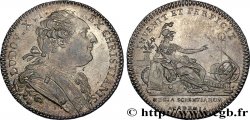fme_581603 - FRENCH ROYAL ACADEMY OF SCIENCES Médaille, Nicolas Malebranche
Not available.
Item sold on our e-shop (2020)
Price : 60.00 €
Item sold on our e-shop (2020)
Price : 60.00 €
Type : Médaille, Nicolas Malebranche
Date: n.d.
Mint name / Town : Monnaie de Paris
Metal : bronze
Diameter : 67 mm
Orientation dies : 12 h.
Engraver DROPSY Henry (1885-1969)
Weight : 170,4 g.
Edge : lisse + corne BRONZE
Puncheon : corne BRONZE
Coments on the condition:
Concrétions blanches dans les creux. Exemplaire dans une boîte cartonnée bleue
Catalogue references :
Obverse
Obverse legend : NICOLAS. MALBRANCHE. 1638-1715.
Obverse description : Buste habillé de face, bibliothèque et globe à l’arrière plan. Signé : H. DROPSY.
Reverse
Reverse legend : .ACADEMIE. ROYALE. DES. SCIENCES // MALEBRANCHE JMHM / DE ZARASSIN.
Reverse description : Sceau avec un cavalier sur un cheval dont l’arrière train se termine par une queue de sirène.








 Report a mistake
Report a mistake Print the page
Print the page Share my selection
Share my selection Ask a question
Ask a question Consign / sell
Consign / sell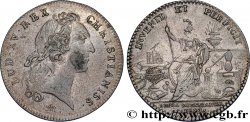
 Full data
Full data